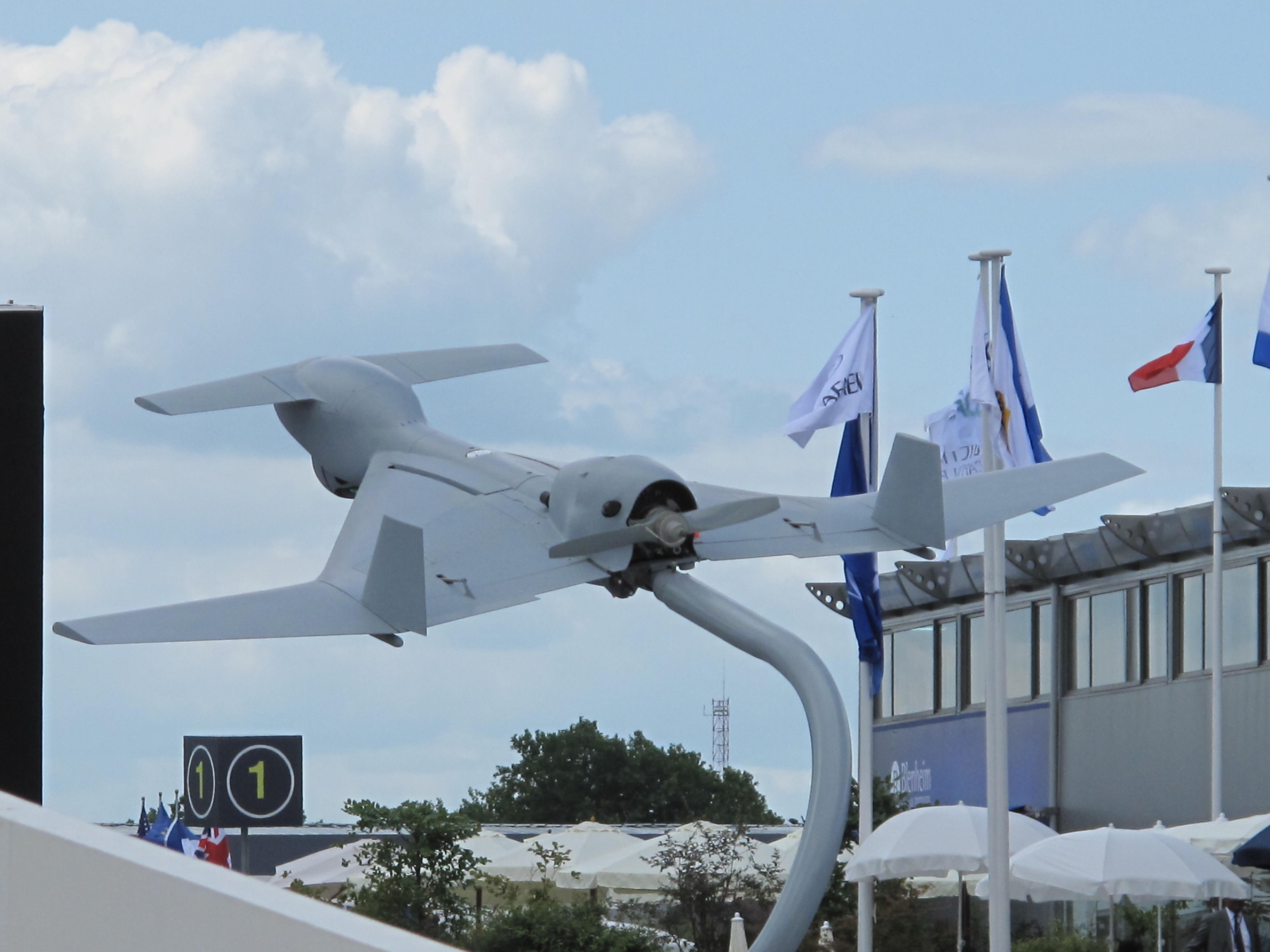Adux
SENIOR MEMBER

- Joined
- May 19, 2006
- Messages
- 3,856
- Reaction score
- 0
India Seeks Israeli Help To Fill Unmanned Combat Helicopter Need
By VIVEK RAGHUVANSHI, NEW DELHI
The Indian Navy is exploring collaboration between local and Israeli defense companies to develop unmanned combat helicopters, according to Defence Ministry sources here.
Adm. Sureesh Mehta, chief of the Indian Navy, and Vice Adm. David Ben Bashat discussed the possible joint development and other defense programs Aug. 7 during Bashats visit here, the first official visit to India by an Israel Navy chief.
The Indian Navy has projected a requirement for 30 to 50 unmanned combat helicopters.
Indian-Israeli defense ties have been on the rise since 1999 and are generally shrouded in secrecy. Israel is working on a number of high-tech programs for the Indian military, including the co-production of nuclear-capable cruise missiles, air defense systems and anti-ballistic missile systems. The country is the largest supplier of UAVs for the Indian Defence Forces.
India also is keen to lease an advanced dedicated military satellite from Israel, Navy sources here said. However, no details on the matter are available, and it is not known whether the matter was discussed during the Israel Navy chiefs visit.
The Indian Navy has the Israeli Barak air defense system and is also developing an extended-range Barak along with Indias Defence Research and Development Organisation.
VIVEK RAGHUVANSHI: Anything from this guy should be taken with a pinch of salt and a large jug of beer





















